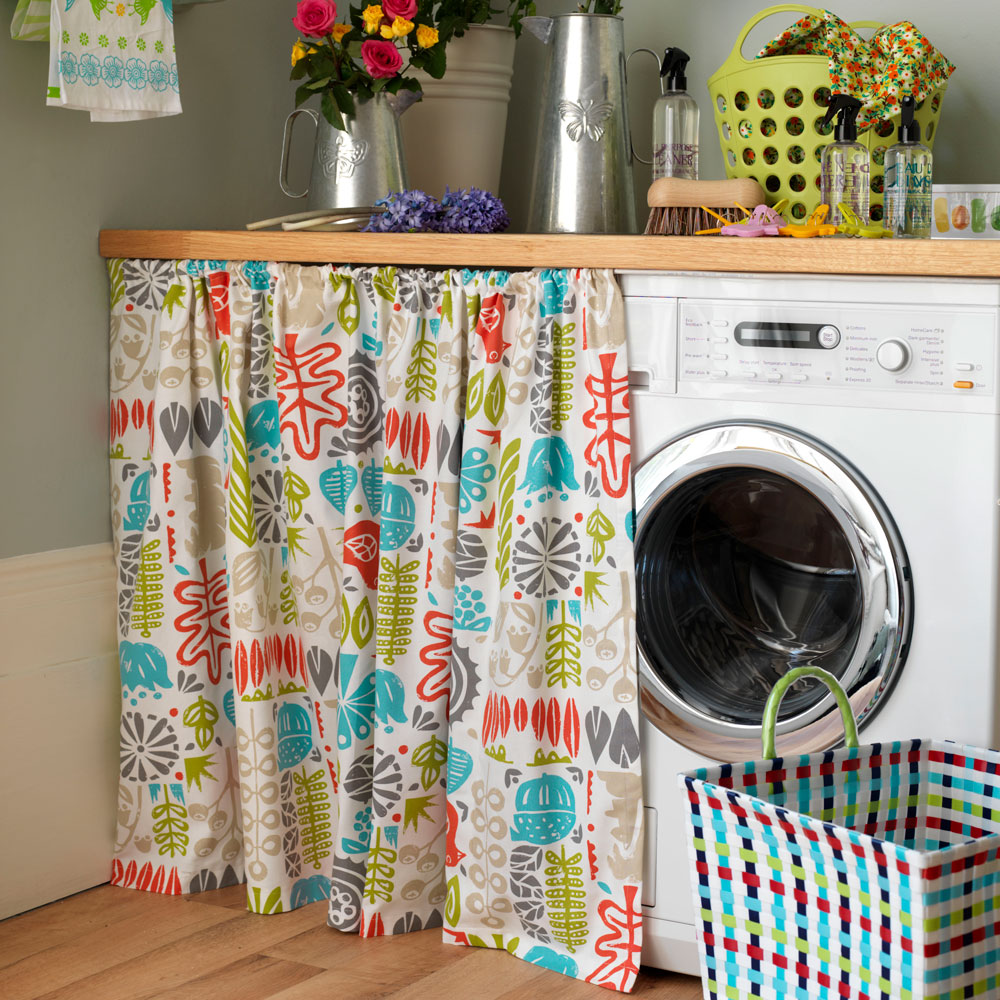How to kill germs when washing clothes - according to the experts
Ensure the cleanest of cleans

We know the best way to prevent the spread of bugs and viruses is by washing our hands and disinfecting household surfaces regularly - but what about when it comes to washing clothes?
Whether there's an illness going around, your little ones are prone to catching just about everything or you just feel like making sure everything's as clean as can be, knowing how to effectively kill germs when washing clothes can take some worries away.
How to kill germs when washing clothes
There are a number of steps you can add to your routine to make sure that you're giving your clothes a germ-killing wash. However, before you start, make sure you know how to clean a washing machine properly. After all, washing in a dirty machine isn't the best start!
1. Use hot washes - but not always the hottest

Susan Fermor, a spokesperson for cleaning and laundry company Dr. Beckmann, says that while it’s important to wash clothing on a hot setting to kill germs, extremely hot temperatures aren’t always necessary. Not to mention, higher temperature washes are more harmful to the environment.
‘There’s a common misconception that people should wash clothes on the hottest possible setting to kill bacteria, but it’s unnecessary,' explains Susan. 'Tests have proven that washing your clothes at 60°C, with a good detergent, is perfectly adequate.’
2. Always check the label
Of course, it’s important to check labels to see if certain clothes can be washed at 60°C. Otherwise you risk cause damage.
‘Just make sure that you check all garments are suitable to be washed at this temperature before putting them in the washing machine,' advises Susan. 'Take care not to ruin your clothes by boil-washing.’
Sign up to our newsletter for style inspiration, real homes, project and garden advice and shopping know-how
‘For clothes that can’t be washed at 60-degrees in a washing machine, our advice is to wash at the highest temperature possible without ruining clothing or laundry items. Check guidance on the label of each item to be washed and it’s important to use a good laundry detergent.’
3. Don’t let the laundry basket pile up

Susan also doesn’t recommend leaving clothes to pile up over time — instead she advises more regular washes, so bacteria is killed quicker.
'Most people leave clothes and household items until a pile has built up before washing and there’s also a tendency for people to wash at 40°C on a quick wash cycle — which we don’t recommend. Under current circumstances, we would recommend that you do 60°C washes, more regularly, as soon as clothes have been worn.’
4. Add a cleanser to the wash
Cleaning influencer Harriet Knockadvises adding certain products, to ensure all bacteria is killed.
'I think the best way to ensure this is to use an additive in your washing, such as laundry cleanser. It's has been designed to kill 99.9 per cent bacteria even at low temperatures so using it brings me reassurance.'
5. Use sprays on outerwear

Outwear can often get neglected when it comes to washing, which is concerning considering it's something most of us wear every single day. It's important to wash outwear garments, such as coats, scarves, hats and gloves, regularly – to keep them as clean as possible
'These are the items we tend to forget about but are probably coming into contact with the most germs when we are out and about,' notes Harriet.
For items which are dry-clean only, there's another way to keep them fresh. 'You can use a spray on your coats and outer-wear to help kill bacteria, such as Dettol Spray & Wear.'
We're off to pop the washing machine on.